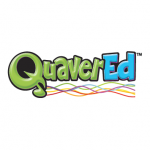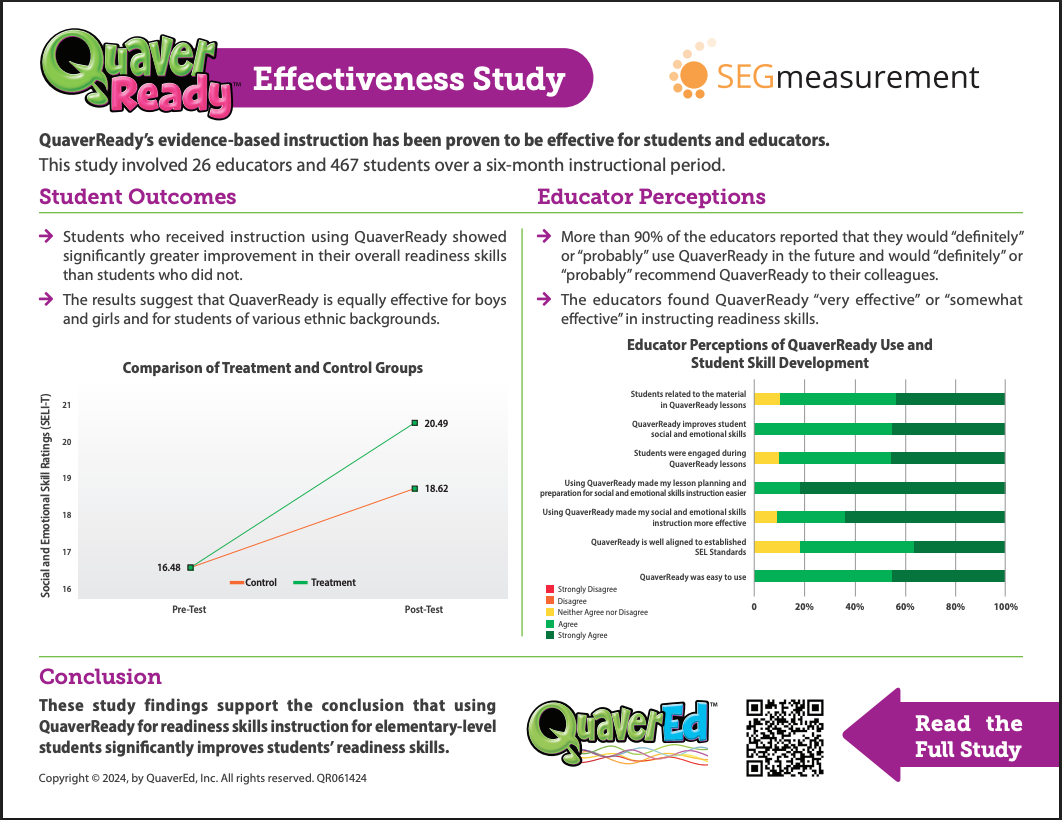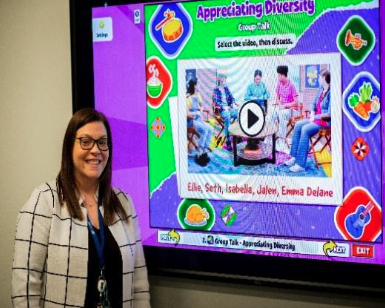Songs and Lessons Resonating in Racine
By Kristin Clark Taylor
Although Alexander Kayser, an educator at S.C. Johnson Elementary in Racine, Wisconsin, can list plenty of reasons he enjoys using Quaver in his K–5 classroom, he also remembers a single, random moment a few weeks ago that shines a light upon Quaver that is just as bright.
“I was in the middle of teaching a lesson when I suddenly realized that some of my slides were out of order,” he recalls. “I’d placed them in the wrong sequence.”
Fortunately, he was able to create an instant solution, thanks to quick thinking … and to Quaver.
“I just walked over to the computer, made a few quick edits, and in a matter of seconds, the matter was resolved,” he remembers with relief. “Problem solved.”
Kayser was able to address – and adjust – the issue without disrupting the flow of the class, and the customized lesson plan he’d created moved forward without so much as a hiccup.
“It was great to be able to solve the problem in real-time,” he says. “And by the time my next class came in, everything was ready to go. I really appreciate having a classroom resource that’s so flexible and resilient.”
But it’s more than just the flexibility and resilience that this educator appreciates about Quaver.
For Kayser, customizability is also key.
“Every lesson I teach is customized, to some degree,” he explains. “I might work with the original Quaver lesson, then pull in a few other slides or mix things around.”
“I actually have fun customizing these lessons because I can create the perfect fit for my students,” he says, adding that it’s a wonderful time-saver, too.
He continues ticking off the reasons Quaver is such an important classroom resource, one of which can be summarized in a single word: Movement.
“I love that Quaver has been adding more movement videos,” he says appreciatively.
“When my students are moving, and they’re physically engaged, they seem to embody the music,” he says. “They’re able to experience the lesson more fully. Quaver helps make this connection.”
Kayser points to yet another important connection that Quaver helps him make in his classroom: The cultural connection.
In celebration of Hispanic Heritage Month, Kayser says he utilized Quaver’s mariachi music not just to teach the music, but to share the cultural experience with his students as well, and to give them the gift of movement.
The video performances of the mariachi groups are a particular favorite, he adds.
“The kids really enjoy ‘La Raspa,’” he says gratefully. “They can’t keep still!”
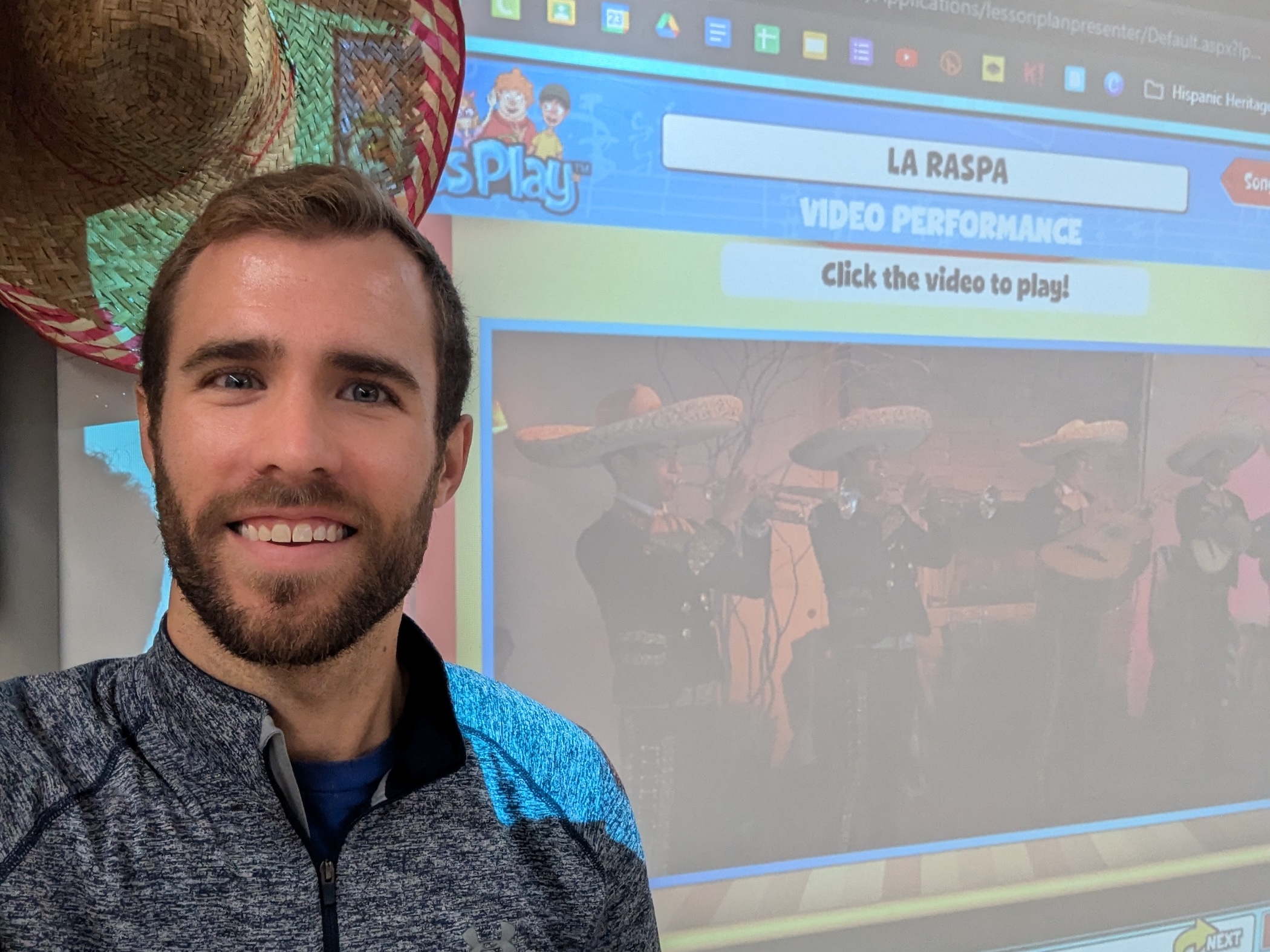
Educator Alexander Kayser says “La Raspa” is a hands-down favorite in his classroom at S. C. Johnson Elementary in Racine, Wisconsin.
Again, he returns to the customizability of the curriculum, offering up another perfect example of why Quaver works so well for him.
“Since we don’t have traditional mariachi instruments in the classroom,” he says, “I can play around with a few other resources that Quaver offers and find suitable substitutes, like their wonderful ukelele lessons – which work just fine!”
His ability to create a custom lesson that combines ukulele and mariachi lessons together, he says, lends a freedom and flexibility that promotes growth and encourages the imaginative use of various instruments.
“Everyone benefits!” he says. QuaverMusic is vast and richly varied. Take a peek at a few of the highlights:
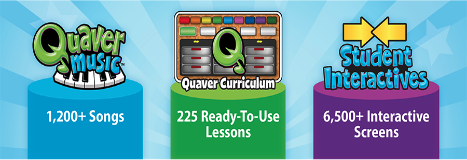
QuaverMusic is aligned with National Core Arts Standards and supports various teaching pedagogies. Teachers can customize the lesson plans according to their needs or access scaffolded lessons by following the yearly lesson plans, which offer 36 weeks of lessons per grade.
Alexander Kayser ends the conversation the same way he began – with a story and a smile.
“We were moving around to the videos the other day, and everyone was happy, everyone was engaged,” he says.
The final image he describes is a happy one, indeed:
“Whenever we use Quaver, all I see are smiles.”
For more information on QuaverMusic, go to QuaverEd.com/Music.
Kristin Clark Taylor is an author and a journalist.
***
